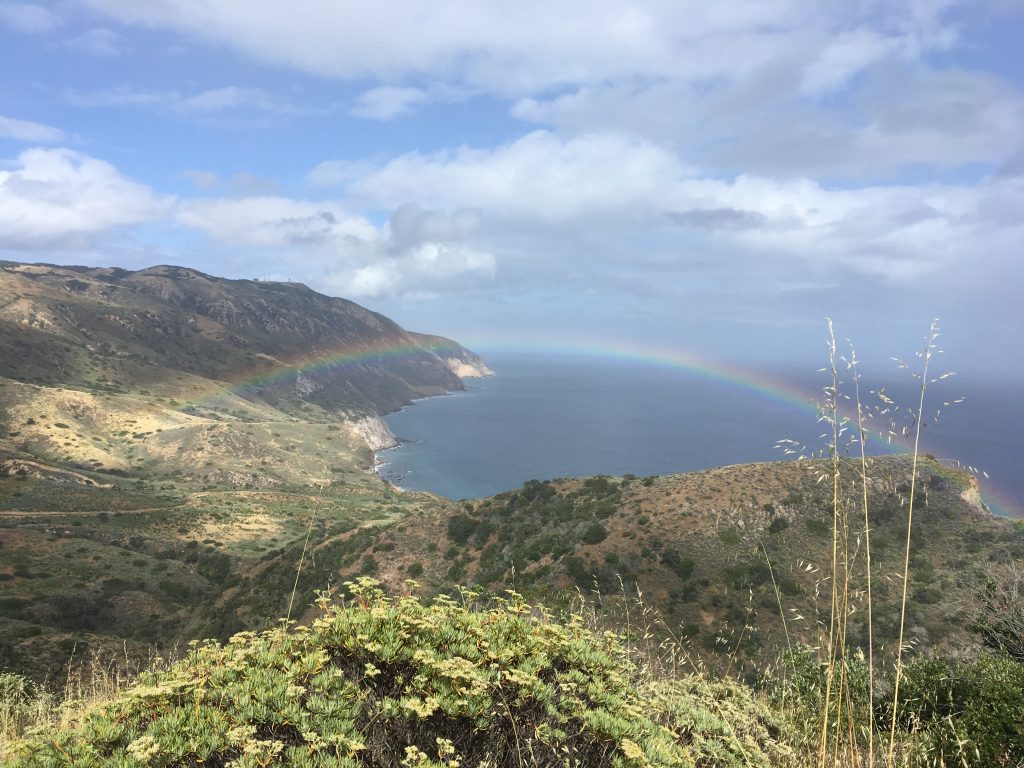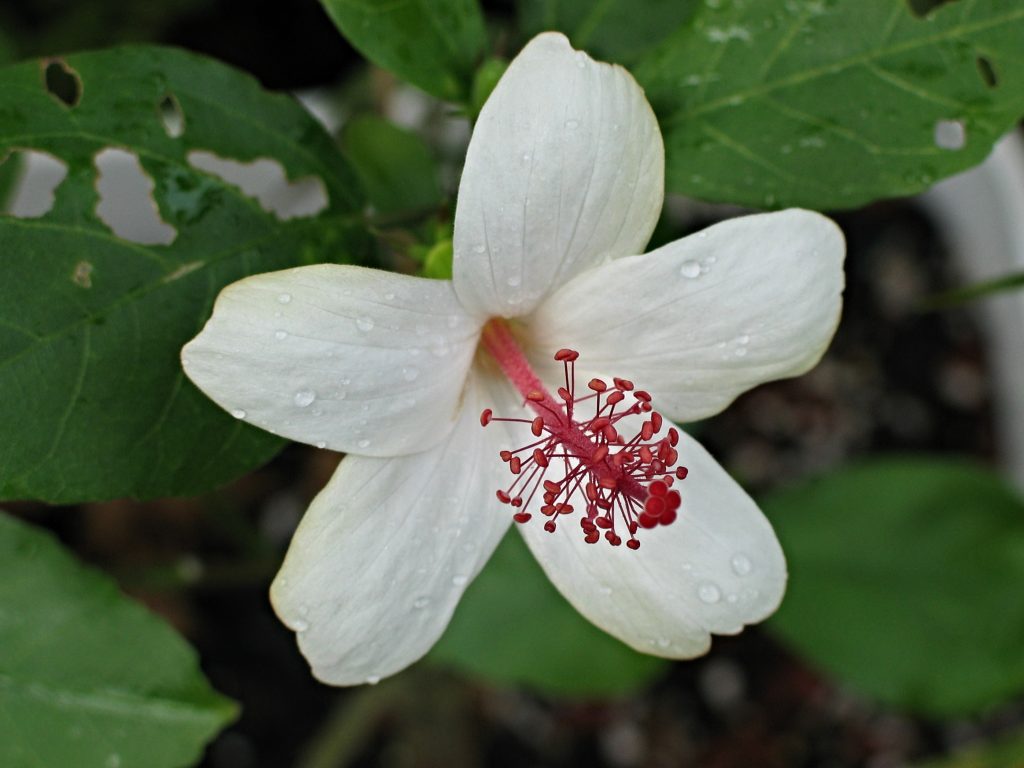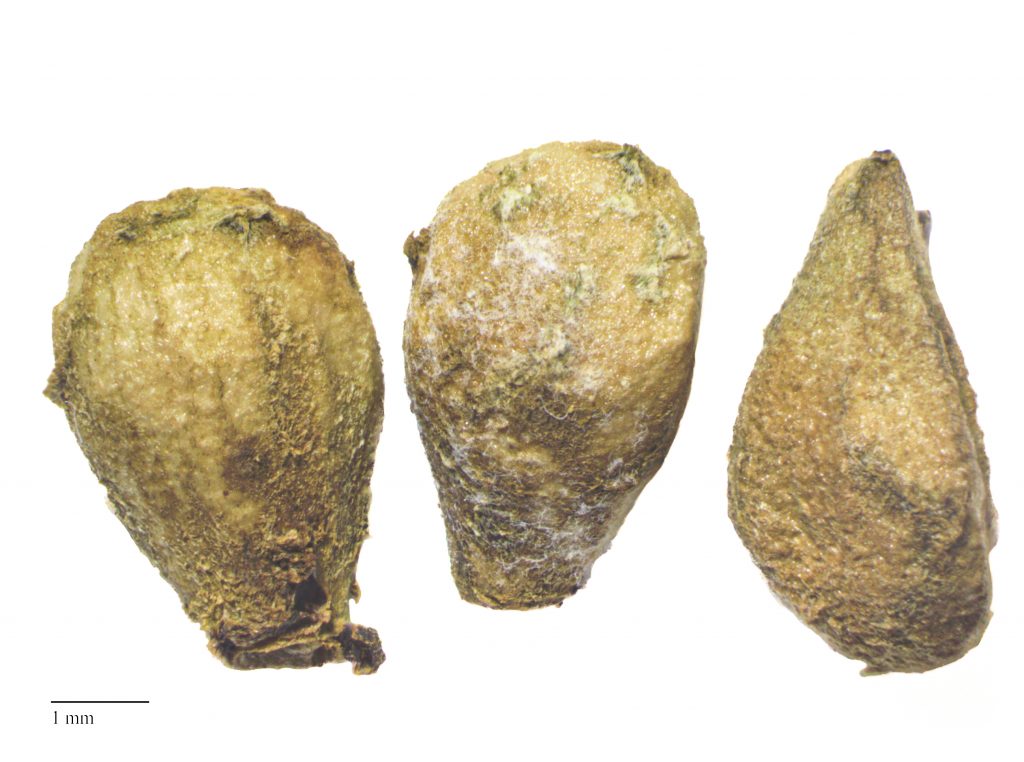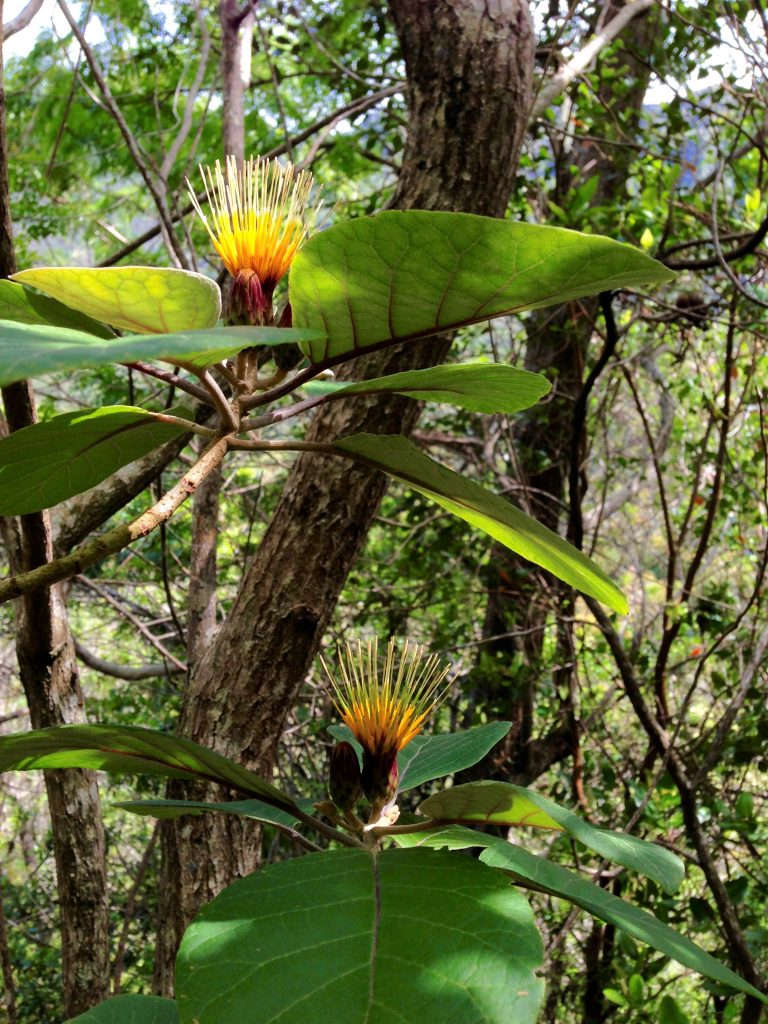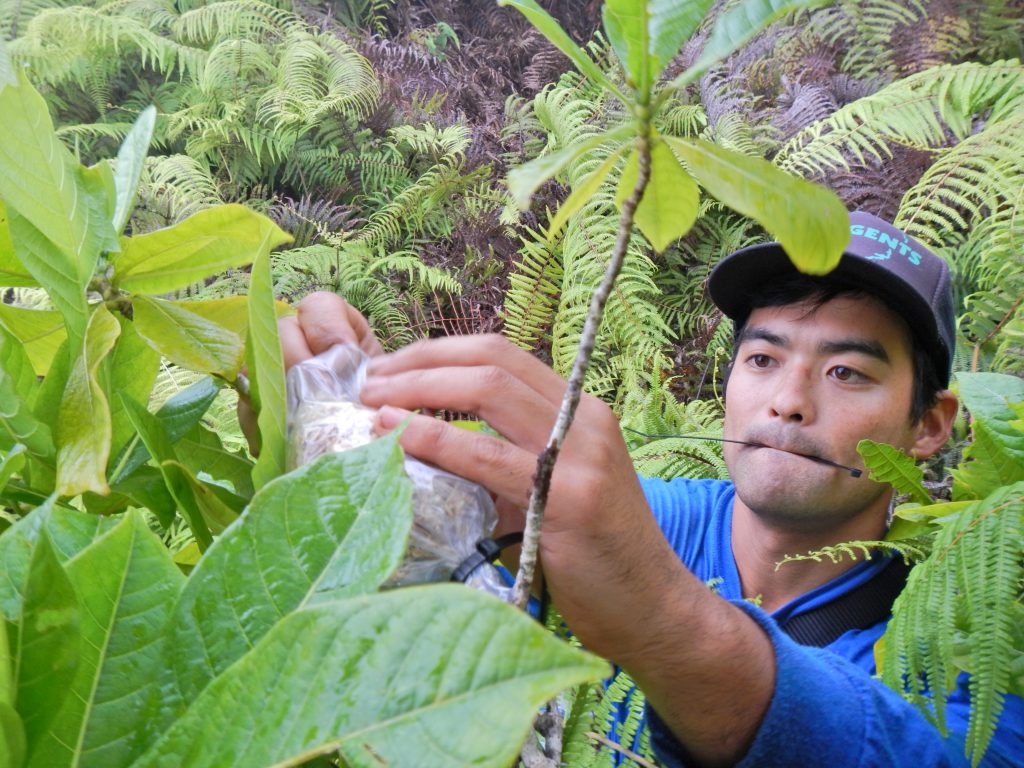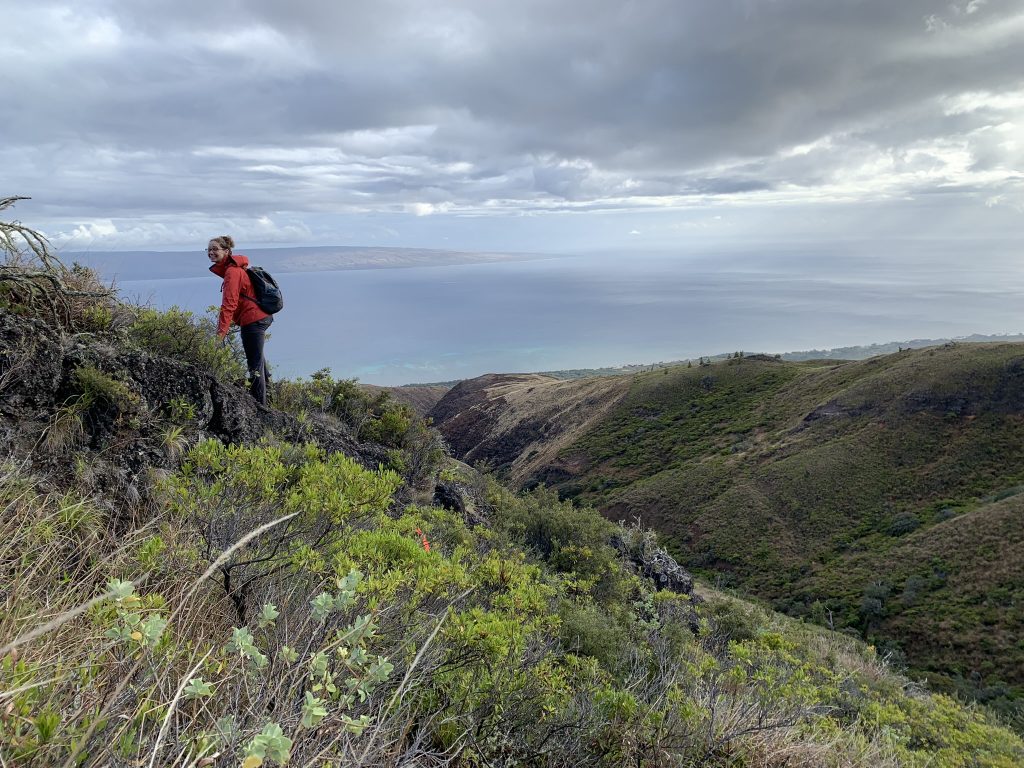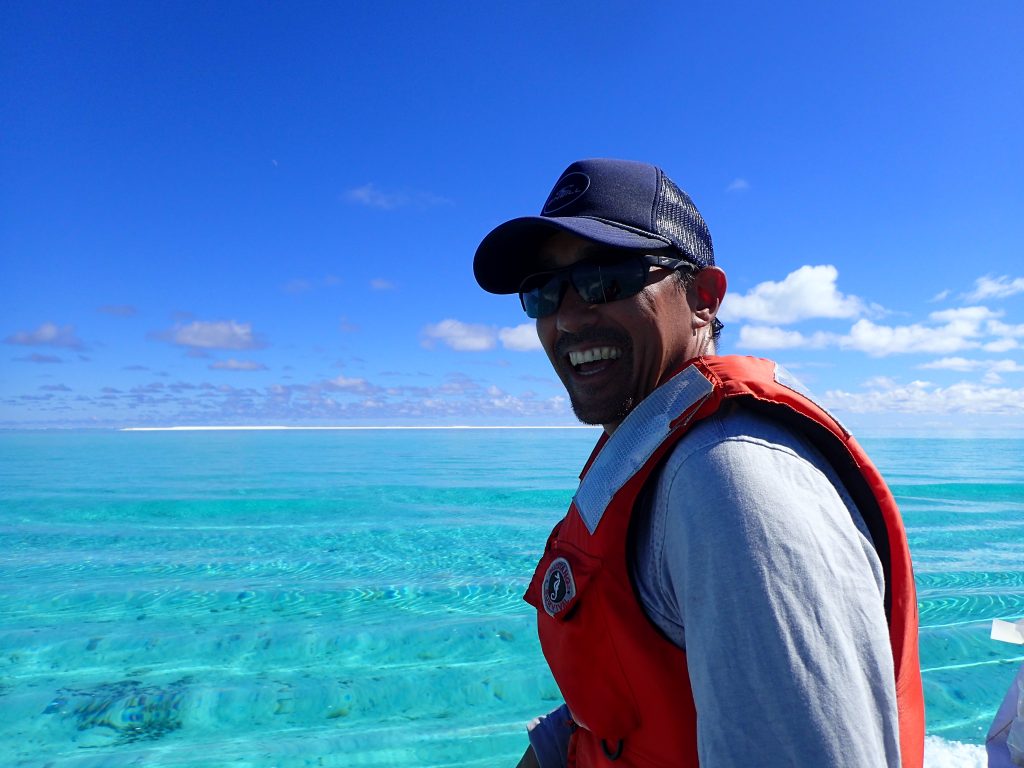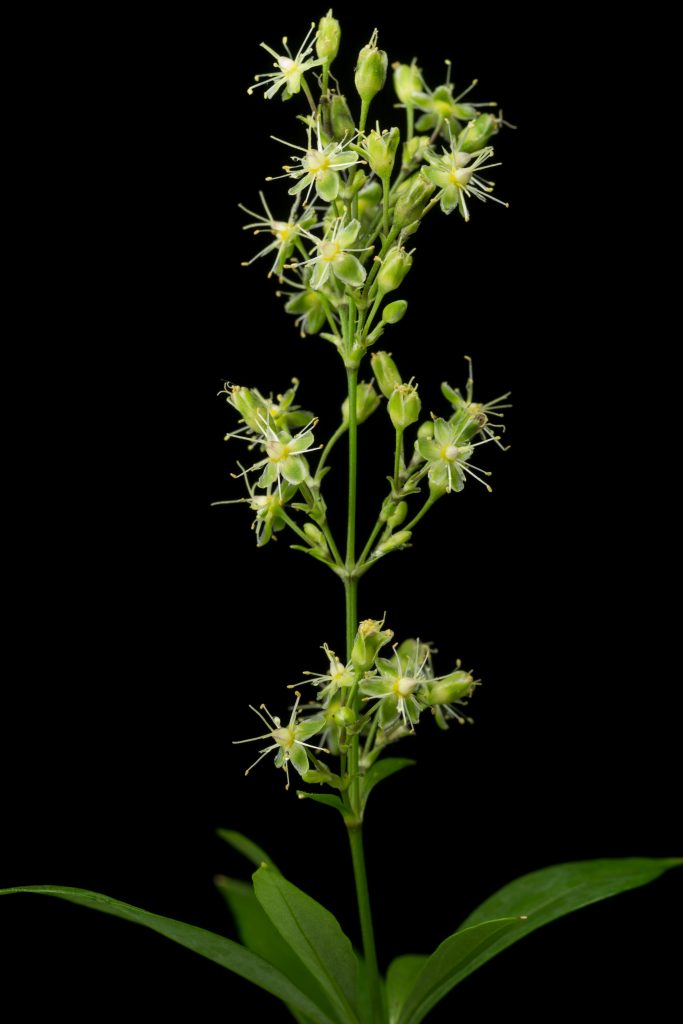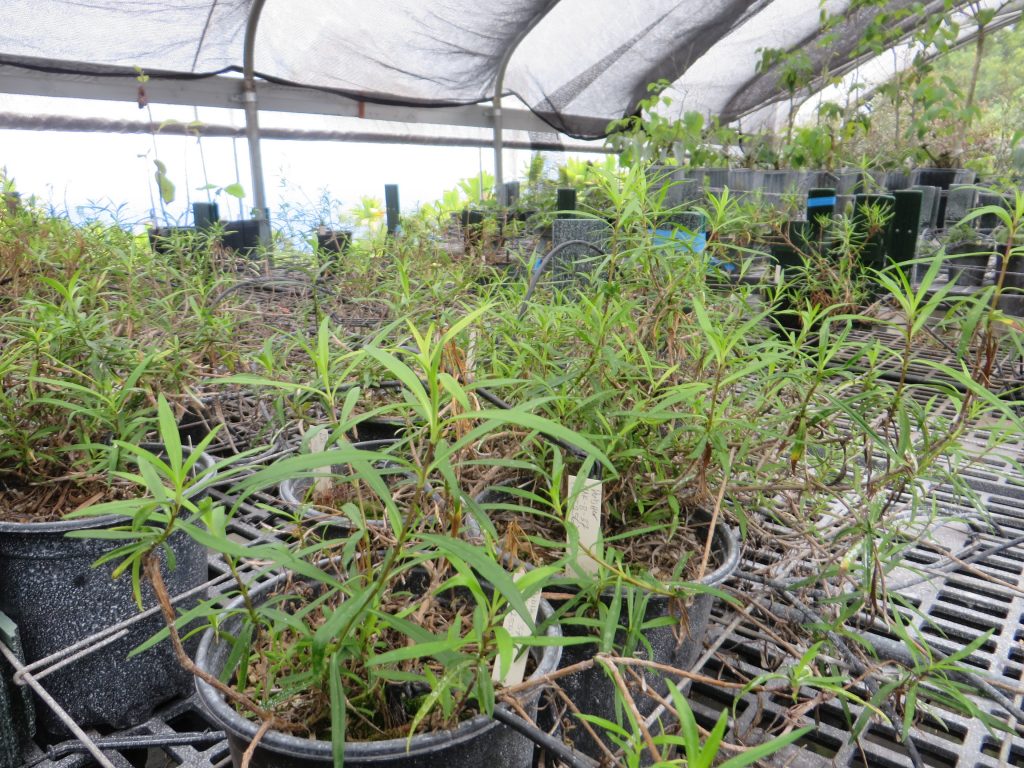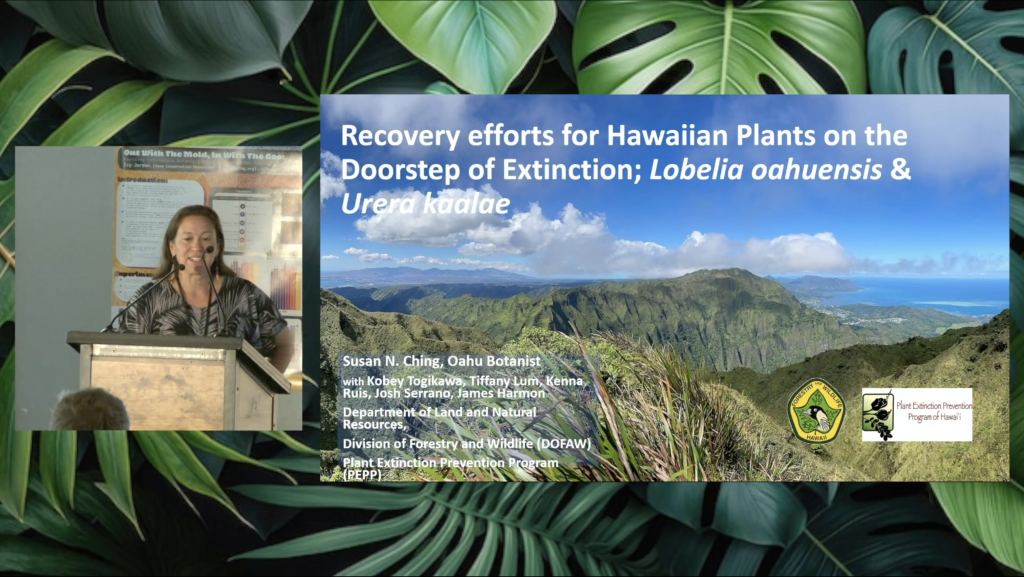
The O’ahu Division of Forestry and Wildlife and Plant Extinction Prevention Program selected two critically endangered species to focus recovery efforts on from 2020-present, with funding from the US Fish and Wildlife. Lobelia oahuensis is a monocarpic, rosette-forming member of the Campanulaceae that is narrowly endemic to the wet forests and shrublands of the highest […]
Read More…
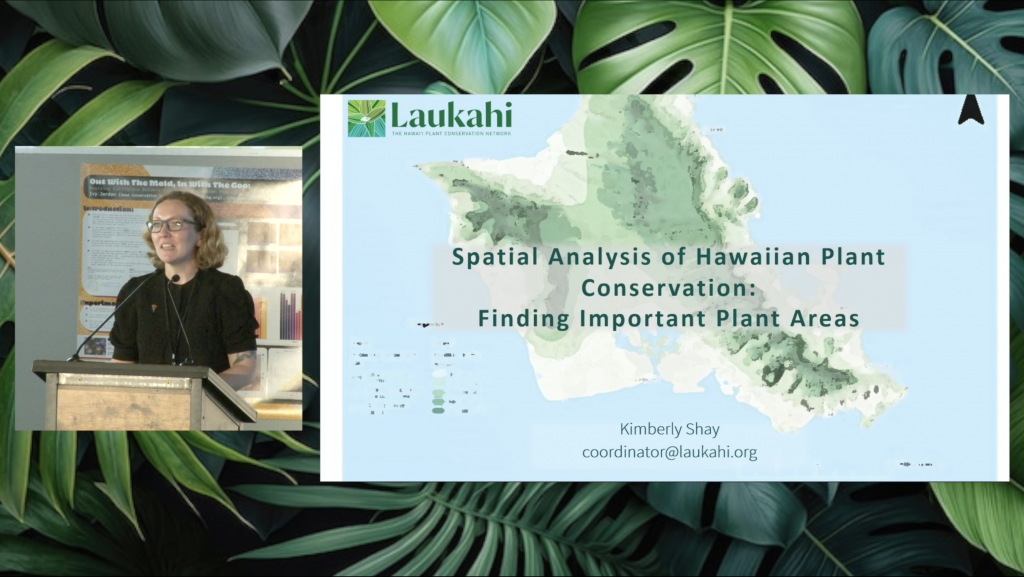
Laukahi: The Hawaiʻi Plant Conservation Network protects Hawai‘i’s rare plant species through coordinated conservation efforts and implementing the Hawaiʻi Strategy for Plant Conservation (Strategy). The Strategy is a framework of objectives and targets for conservation of plants identified as Species of Conservation Importance (SCI). A key subset of these targets includes urgent and efficient in […]
Read More…

The Hawaiian Rare Plant Program (HRPP) Micropropagation Laboratory serves as an ex-situ germplasm repository for Hawaii’s rarest plant species. Introduction of the coconut rhinoceros beetle (Oryctes rhinoceros) to Hawaii is a major threat to wild populations of the twenty-three endemic Pritchardia species, many of which are already endangered. Using tissue culture, the HRPP Micropropagation Lab […]
Read More…
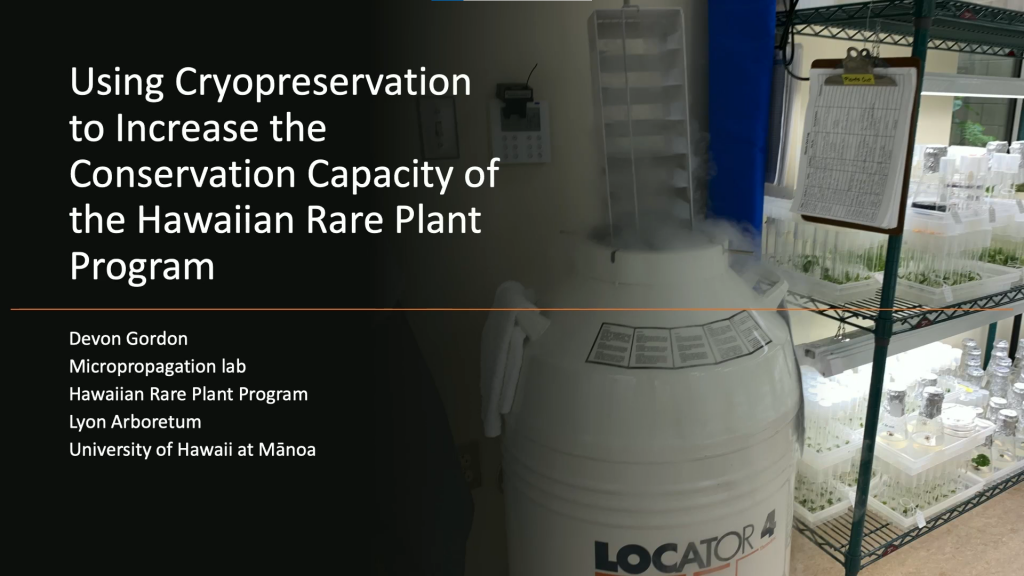
The Hawaiian Rare Plant Program (HRPP) uses ex-situ conservation technologies to safeguard endangered native Hawaiian plants from extinction. The HRPP is located at Lyon Arboretum, a University of Hawaii research unit, and is comprised of the Micropropagation Lab, Seed Conservation Lab, and Rare Plant Greenhouse. Each component of the HRPP plays a critical role in […]
Read More…
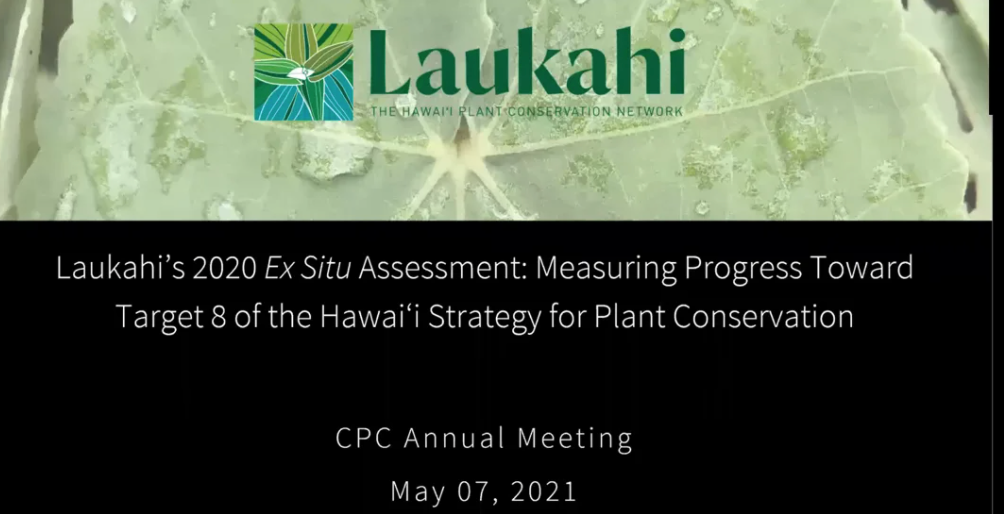
Emily Grave, Laukahi: The Hawaiʻi Plant Conservation Network Goals to conserve global biodiversity are achieved when local efforts coalesce around specific measurable objectives. The Laukahi Network is implementing the Hawaiʻi Strategy for Plant Conservation (HSPC) following the framework of the Global Strategy for Plant Conservation and adopting the targets most relevant to our needs. The HSPC […]
Read More…
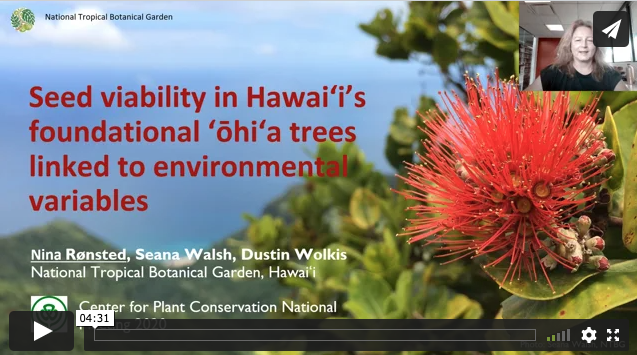
Nina Rønsted, National Tropical Botanical Garden Climate can play a critical role in plant physiological processes at all life stages, but investigations into climate effects often focus on only adult life stages. However, climate can influence seed development and germination, which can in turn strongly affect community dynamics. Native Hawaiian Metrosideros spp. (Myrtaceae; ʻōhi‘a,; 13 […]
Read More…
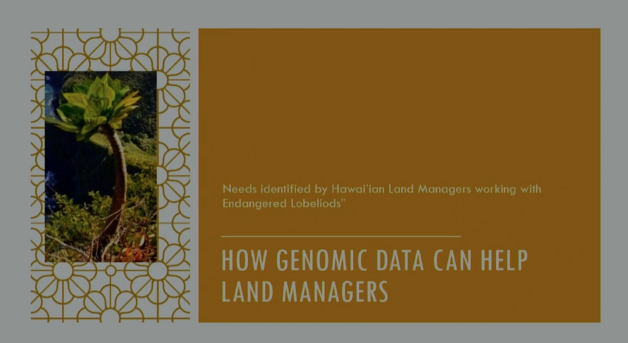
Dr. Jeremie Fant, Chicago Botanical Garden Many land managers are aware of the value of genetic data for making important decisions for the management of rare species. In the ever-expanding world of Genomics, practitioners now have access to more comprehensive and accurate data. However, the speed of change can make it hard to keep up […]
Read More…
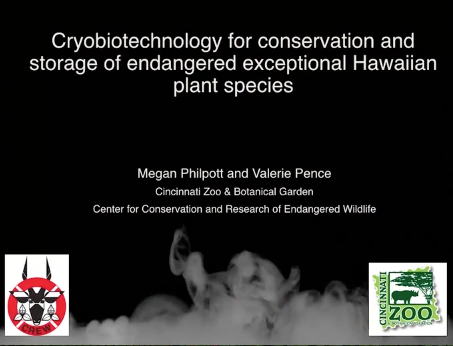
Megan Philpott, Valerie PenceL*, Cincinnati Zoo & Botanical Garden, United States *Speaker Threats to global plant biodiversity compel the need for ex situ collections of species worldwide. However, the subset of species known as exceptional plants are often overlooked. These species produce few or no seeds or produce recalcitrant seeds. The Center for Conservation and […]
Read More…
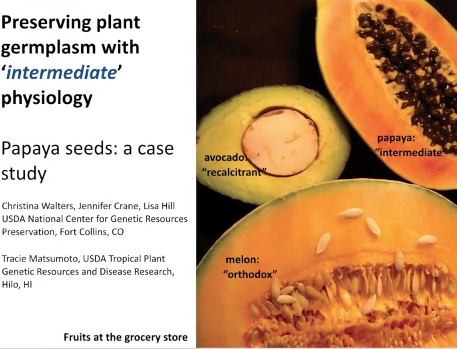
Christina Walters, Jennifer Crane, Lisa Hill, United States Department of Agriculture., USDA-ARS Seeds of papaya (Carica papaya) are tolerant to desiccation, but they are quickly damaged when stored at -5 to -20C. The seeds have a high lipid content that reflect “tropical oils,” which are high in saturated and mono-unsaturated fatty acids. Differential Scanning Calorimetry […]
Read More…



